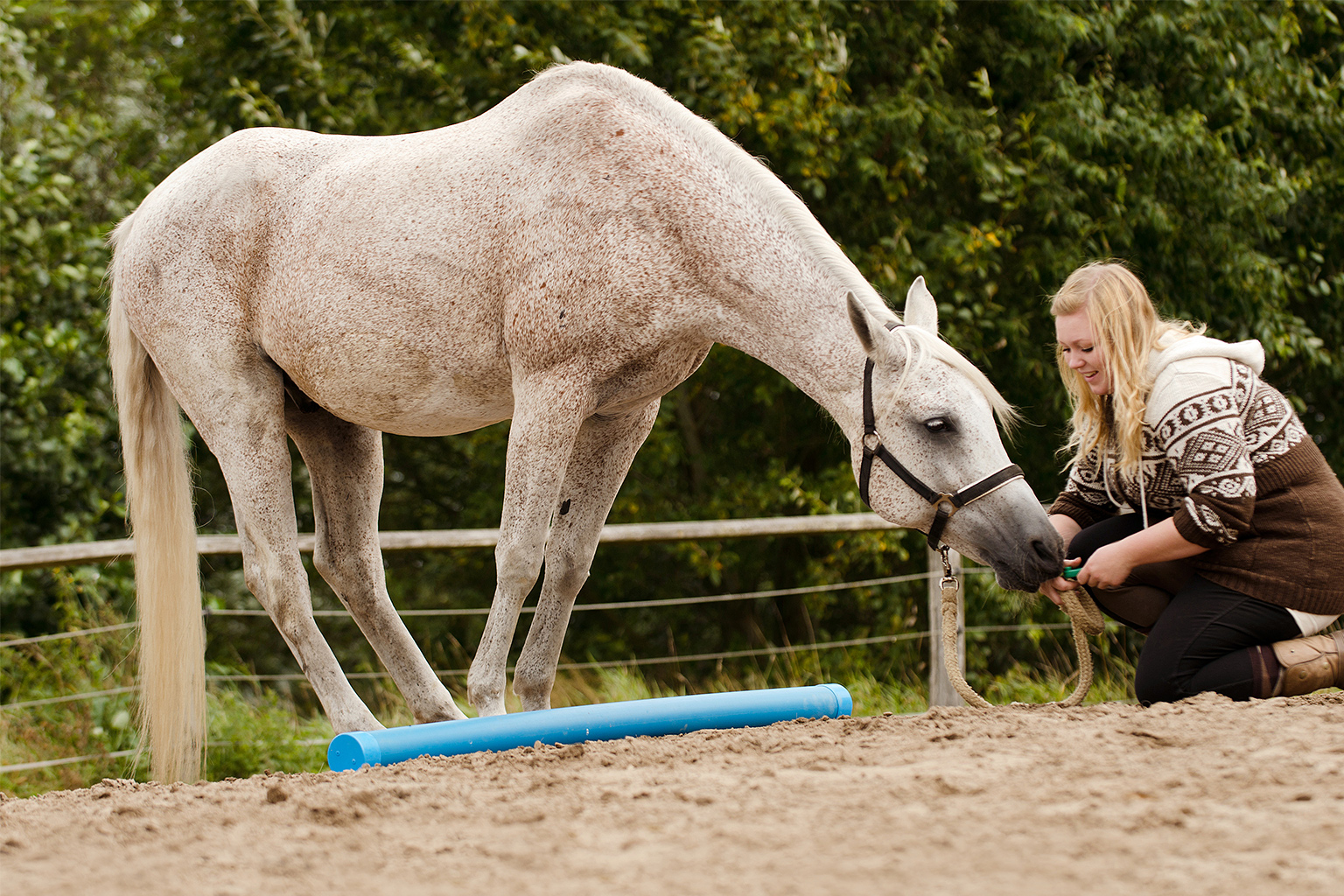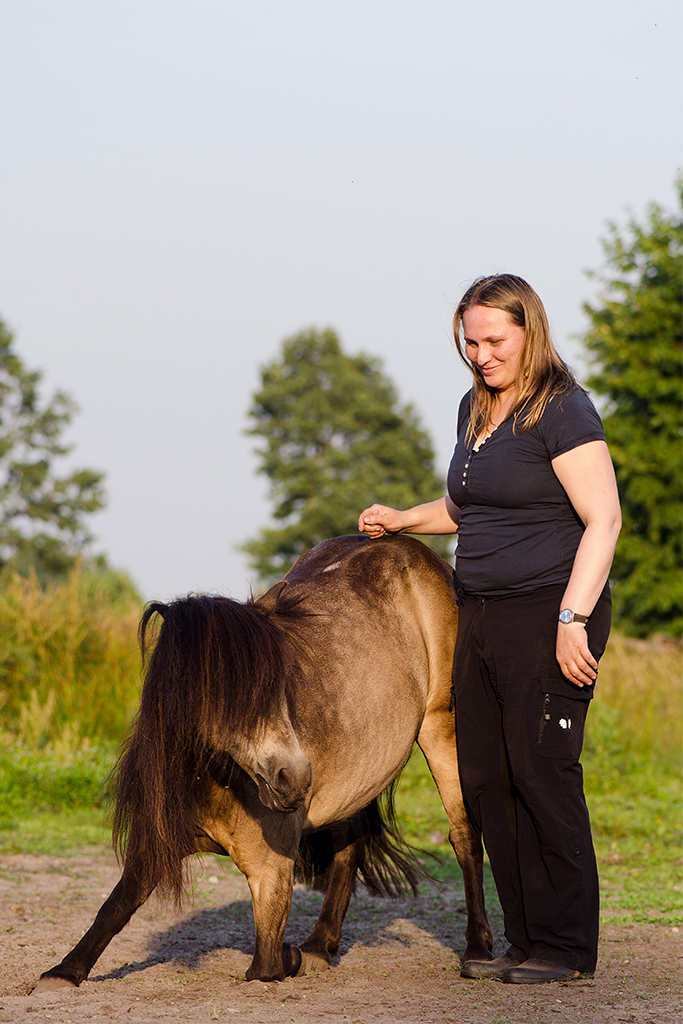When to introduce a signal?

Train behavior first, then add a signal
A frequent question that arises considers the right moment in training to add a certain gesture or voice signals to every trained behavior. After all, the horse should be able to understand as quickly as possible which specific behavioral response we have requested or in other words which one leads to the promise of a treat. Furthermore, the horse should also understand that specific behavioral responses are only requested upon certain signals. Otherwise, a well trained behavioral response can quickly turn into a problem if it is presented over and over again without being requested.
The right moment in time
Generally speaking, the right moment to work on a signal is when a behavioral response has been more or less established. The reason for this can easily be explained with the following example: My basic idea is to establish the compliment. I walk to the pasture with my young horse, voice the signal “compliment” or even position the target stick. The problem is that my horse does not know how to react because it does not know the signal yet, and neither the corresponding behavioral response. This is because horses form associations only in temporal and spatial connection, and it makes sense for the horse to name a certain behavior “compliment” only if it already is in the situation of compliment.
The process
So, it makes sense to first train the motion sequence alone. This can be achieved through free shaping, target practice or modeling alike. Only when the motion sequence has been established, we can add the signal. Here the principle applies that the signal is always introduced when the horse is about to perform the desired behavioral response. So, we always follow the same procedure: New signal – old signal (in this case, for example, moving the target stick) – behavioral response – click – treat. We gradually skip moving the target, and the horse performs compliment solely after the final signal we want to establish, for example after producing a specific voice signal.
Marlitt Wendt & Conny Ranz



